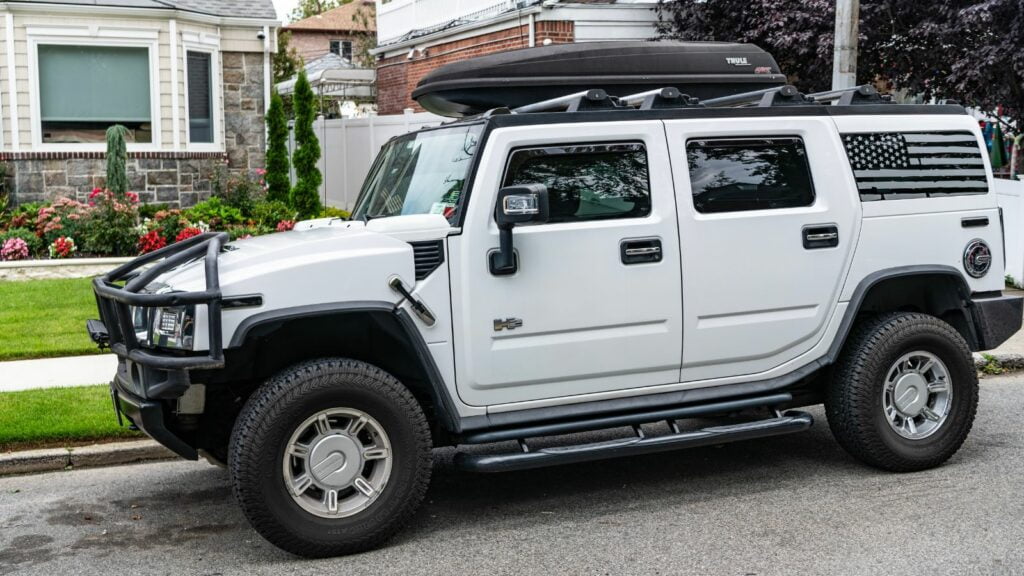Canada has long been a unique market for automakers. Our winters are brutal, our geography is vast, and our buyers expect vehicles that can handle everything from icy roads to long highway commutes. Over the decades, Canada has welcomed some incredible cars, but we’ve also been saddled with machines that simply didn’t fit our roads, our climate, or our needs. Some were underpowered, others were impractical, and a few were just plain bad ideas. Here are twenty of the most useless cars ever sold in Canada—vehicles that failed to deliver when Canadians needed them most.
Pontiac Aztek
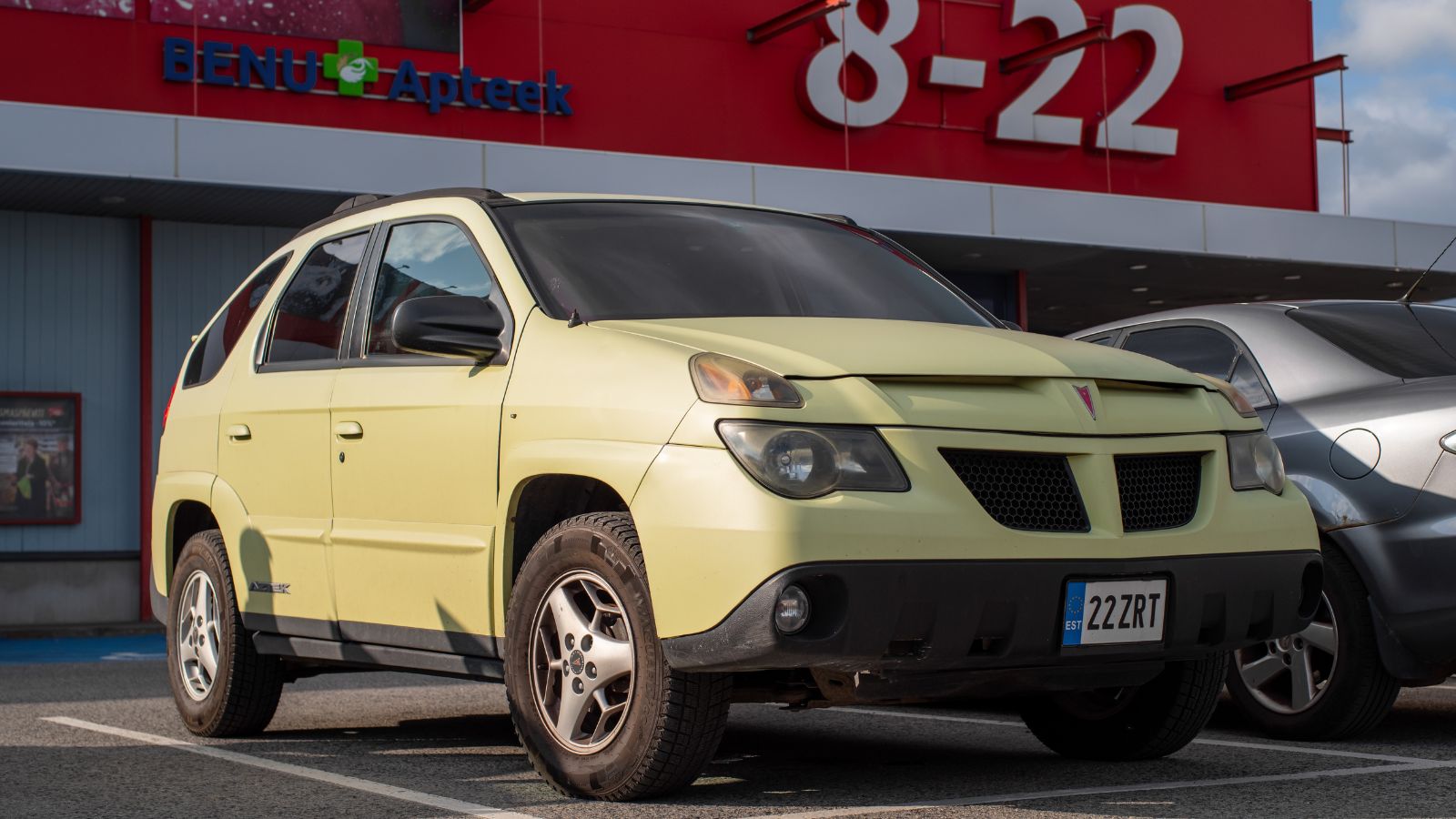
Few cars have been as widely ridiculed as the Pontiac Aztek. Marketed as a versatile crossover with adventurous add-ons like a tent that clipped to the rear hatch, the Aztek promised utility but delivered disappointment. Its V6 was sluggish, the interior was plasticky and uncomfortable, and the styling was a design crime. In a market where Canadians needed durable, capable crossovers, the Aztek was more of a punchline than a real option.
Smart Fortwo
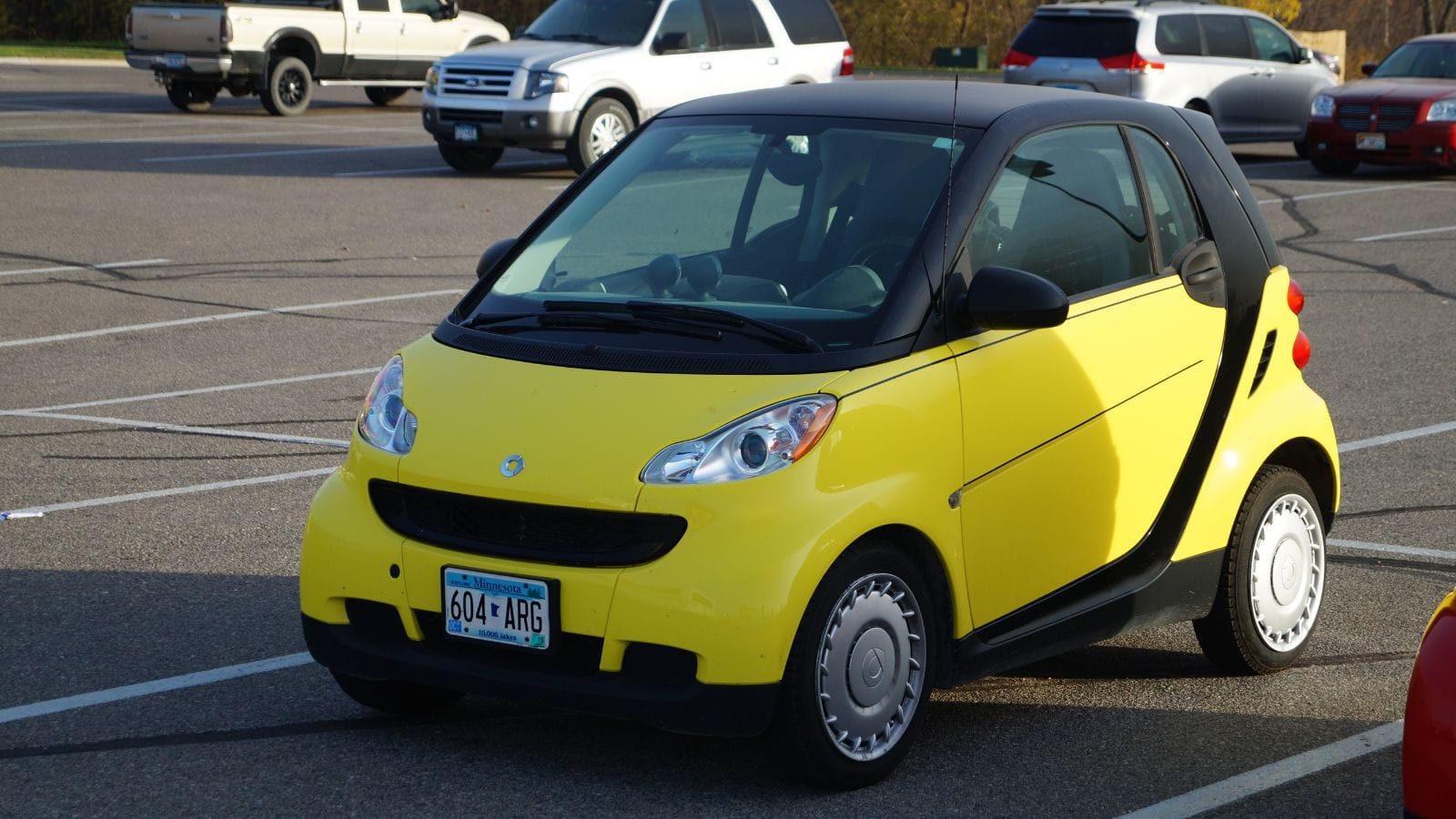
The Smart Fortwo should have been a city car savior, especially in places like Toronto or Vancouver. Instead, it was a nightmare in Canadian conditions. With a rough gearbox, a tiny three-cylinder engine that struggled to keep up on highways, and a lightweight frame that felt like a toy in crosswinds, it wasn’t fit for long Canadian commutes or winter roads. Owners quickly realized that “easy to park” didn’t mean “easy to live with.”
Chrysler Sebring Convertible
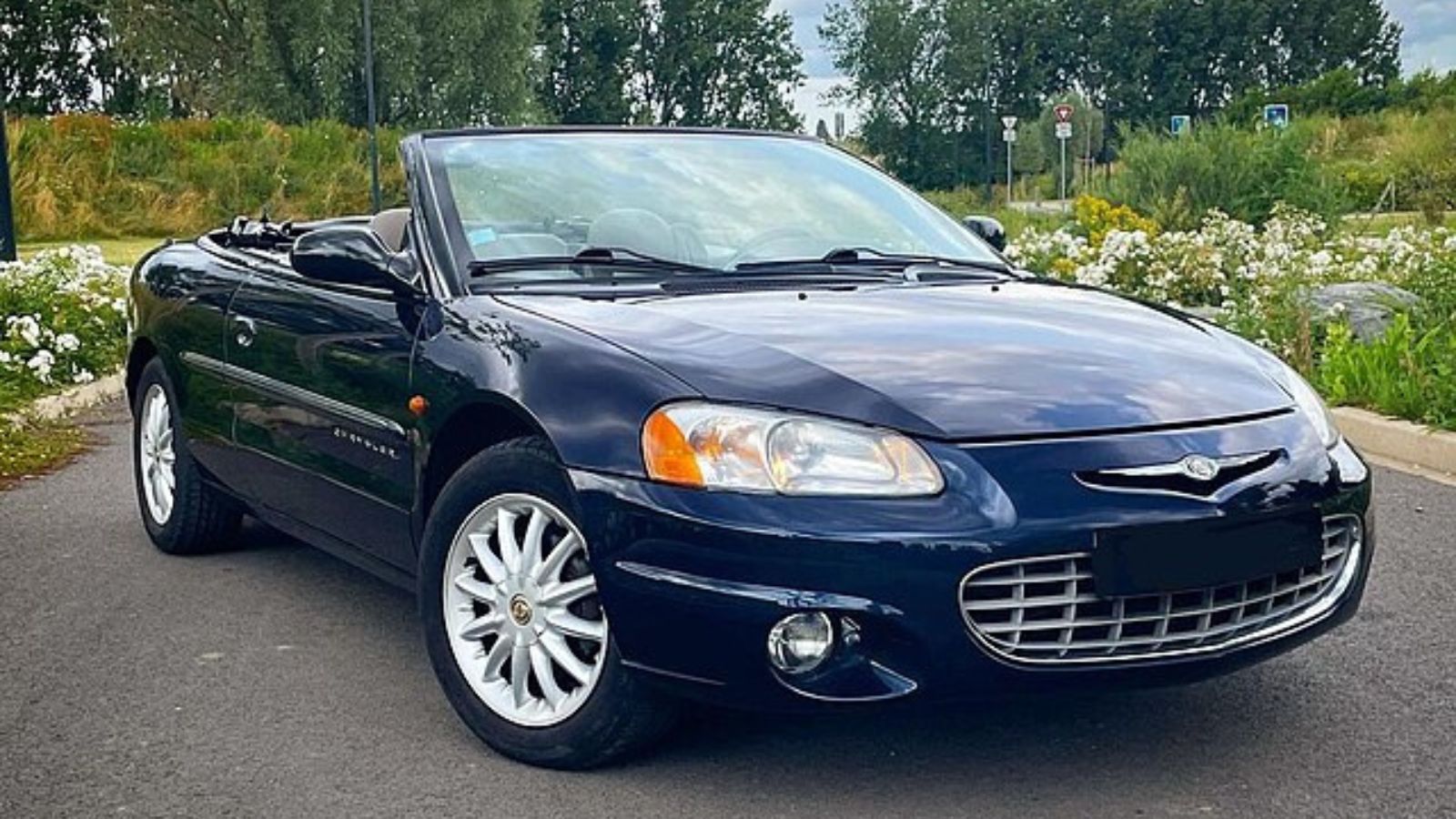
The Sebring Convertible aimed to be an affordable open-top cruiser, but it landed far off the mark. In Canada, where long winters leave only a few short months for top-down driving, the Sebring’s poor build quality, bland engines, and awkward looks made it feel like wasted money. Its leaky roof seals and rattling interiors only reinforced its uselessness in a climate where durability mattered more than sun-soaked dreams.
Hummer H2
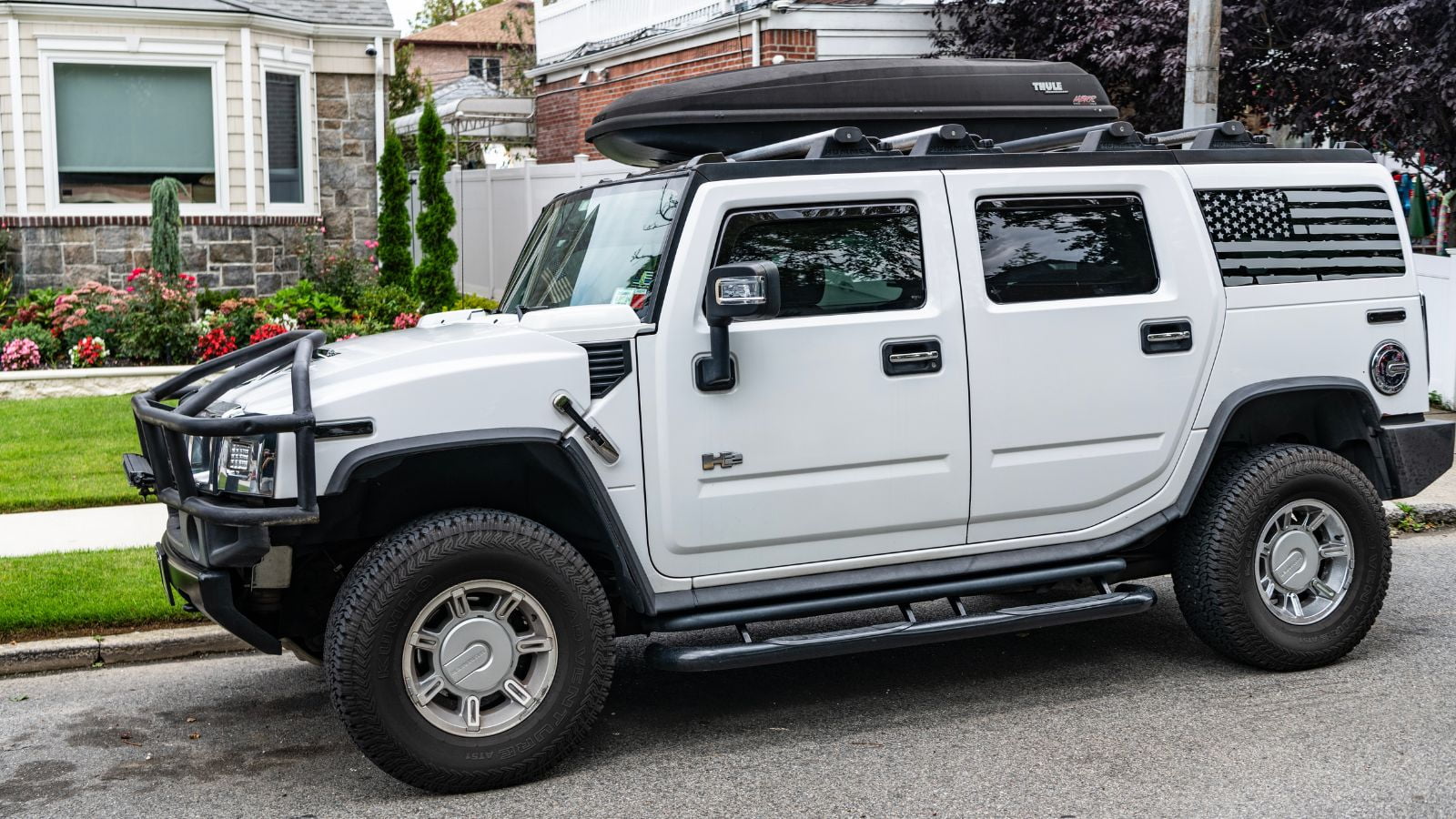
When the H2 landed in Canada, it was the ultimate status SUV. But for real-world use, it was absurd. With single-digit fuel economy, giant proportions that made parking downtown nearly impossible, and no real off-road ability compared to its military ancestor, it was a gas-guzzling liability. At a time when Canadians were watching fuel prices climb, the H2 was a symbol of excess that had no practical place here.
Ford Aspire
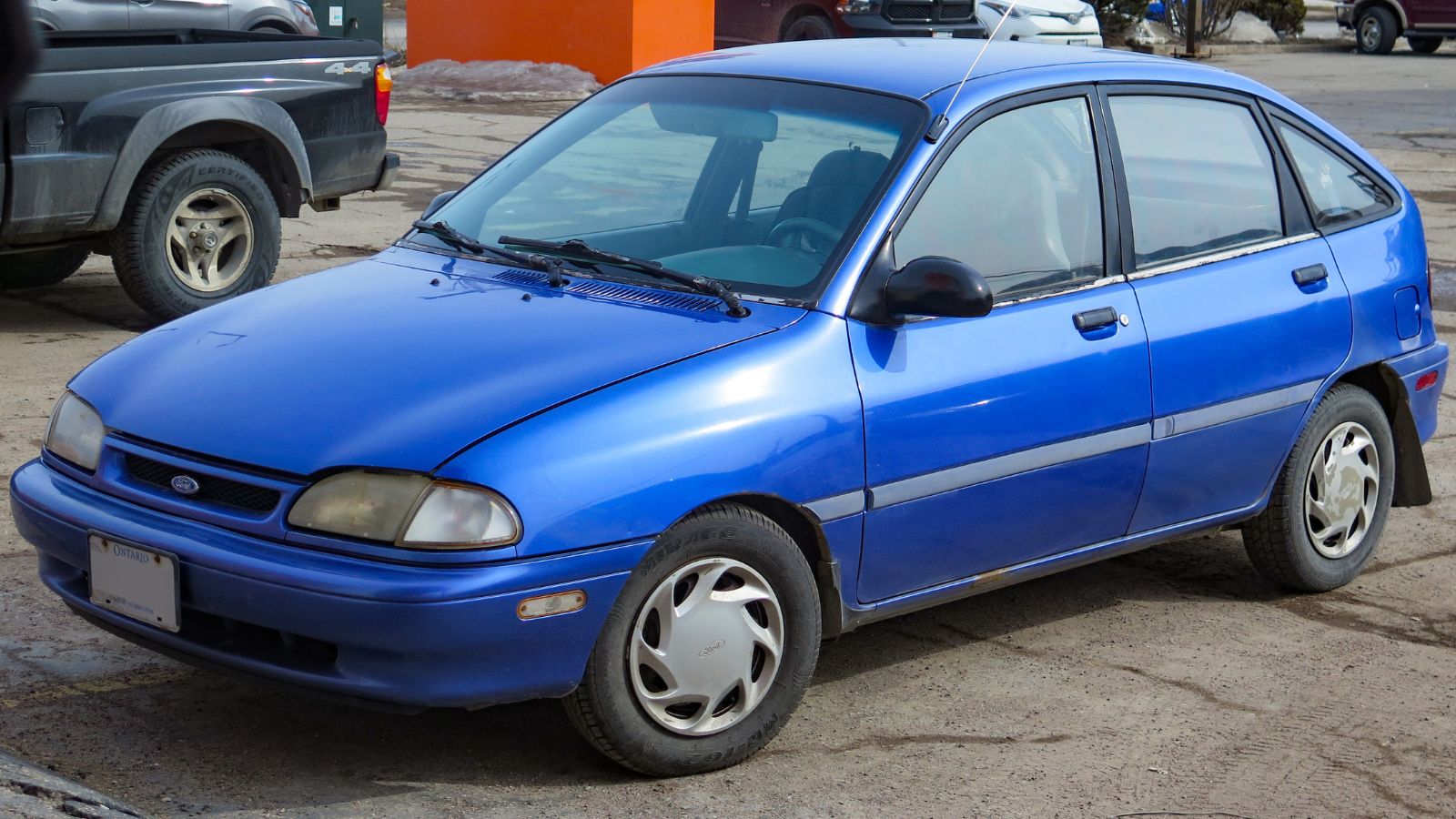
The Aspire was cheap transportation, but that was the best thing you could say about it. With weak engines, lackluster handling, and a reputation for rusting in record time, it offered no comfort, no excitement, and no pride of ownership. It barely managed Canadian winters, often struggling to start on the coldest mornings, leaving owners regretting every dollar saved.
Pontiac Sunfire
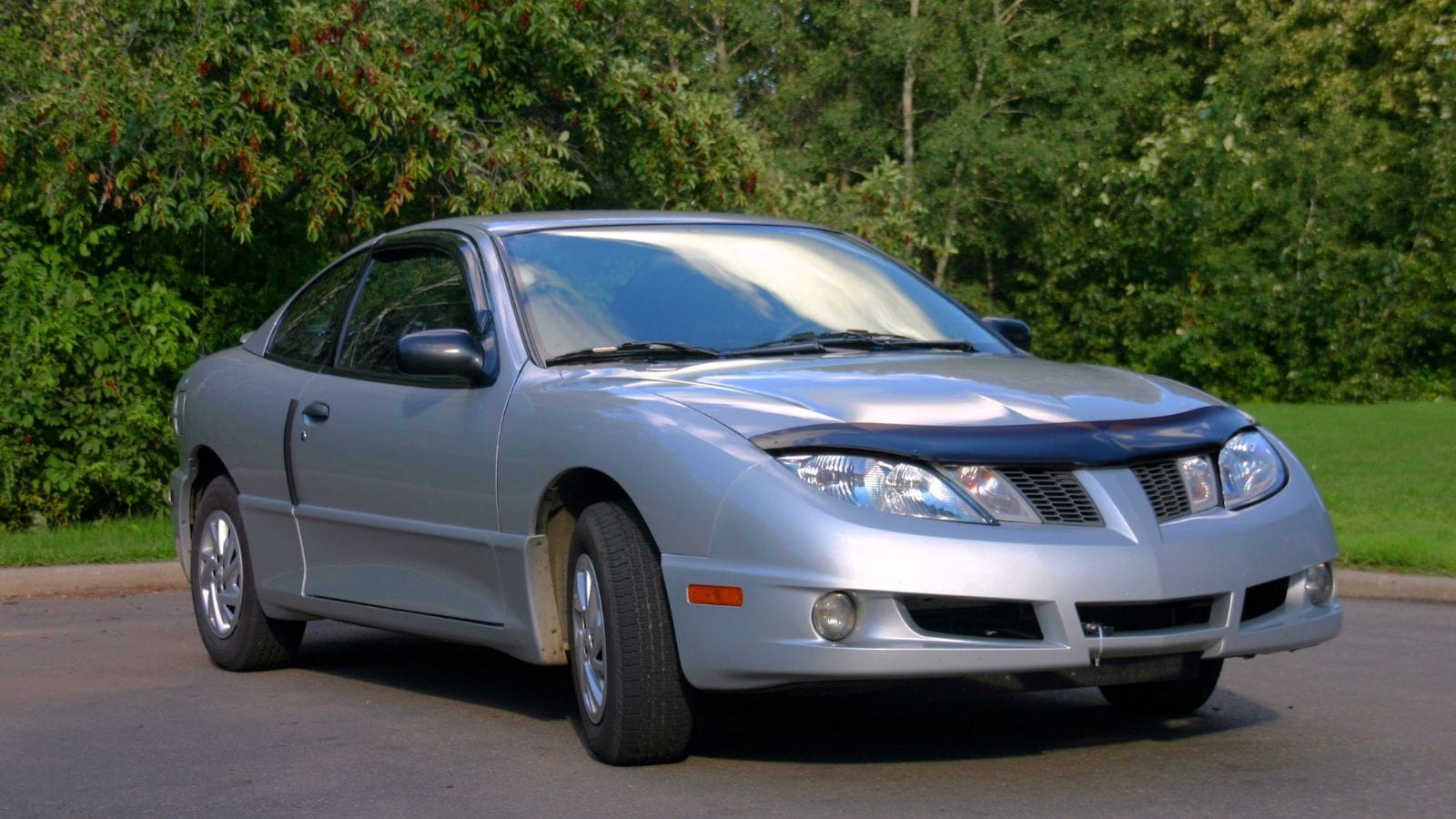
The Sunfire was meant to give GM a sporty-looking compact, but beneath the styling were cheap plastics, noisy four-cylinder engines, and poor reliability. Sold in droves as rental cars, they flooded the market but quickly developed reputations for poor resale value and questionable longevity. In a world where Civics and Corollas proved themselves daily, the Sunfire was laughably out of place.
Suzuki X-90
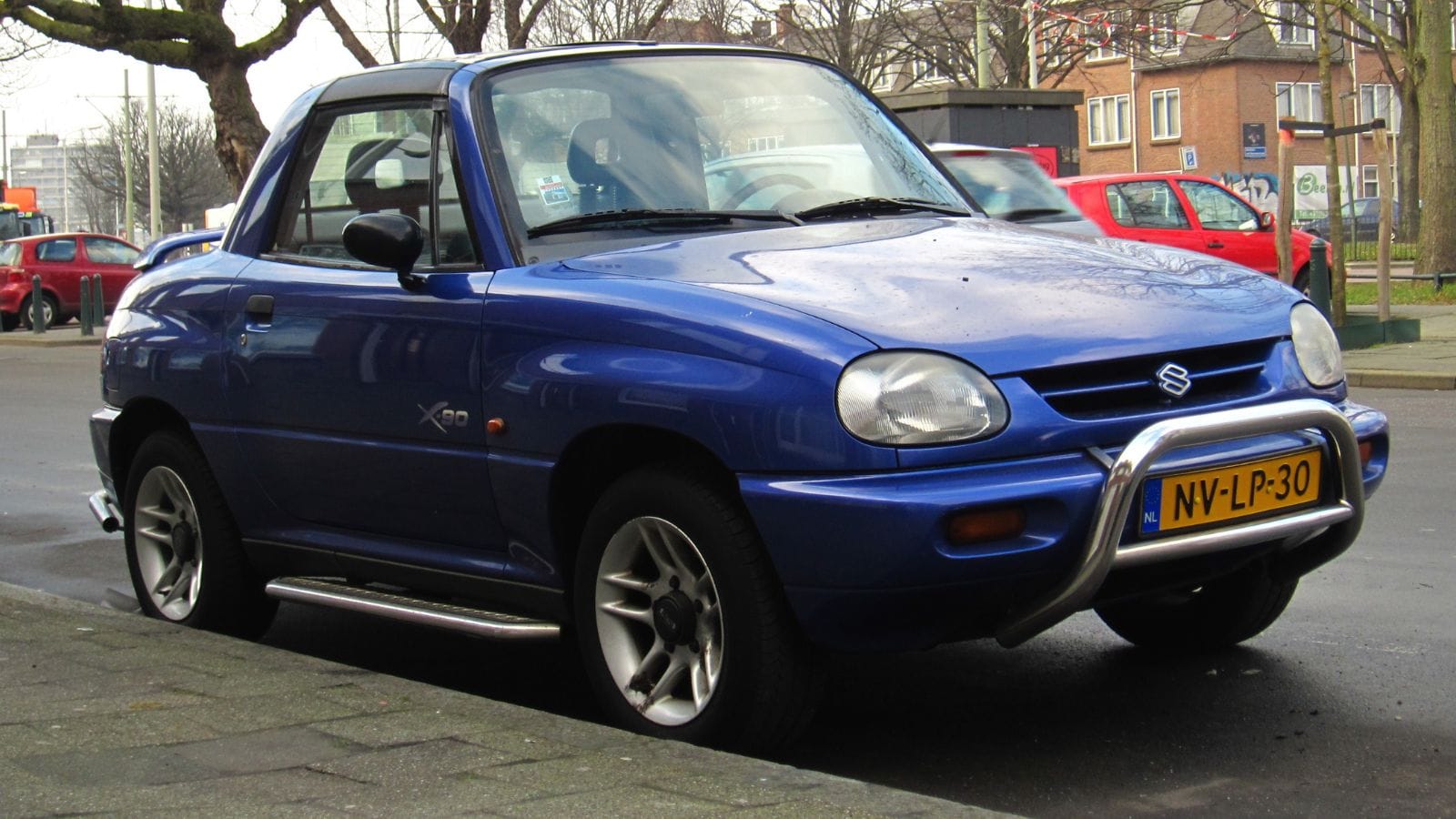
The X-90 was a bizarre creation: a two-door SUV coupe with T-tops. It was neither a real SUV nor a proper coupe. With almost no cargo space, limited off-road capability, and underwhelming performance, it made no sense in Canada. Buyers who wanted practicality had plenty of choices, but the X-90 offered style without substance—a fatal flaw in a market that values utility.
Mitsubishi Mirage (Recent Models)
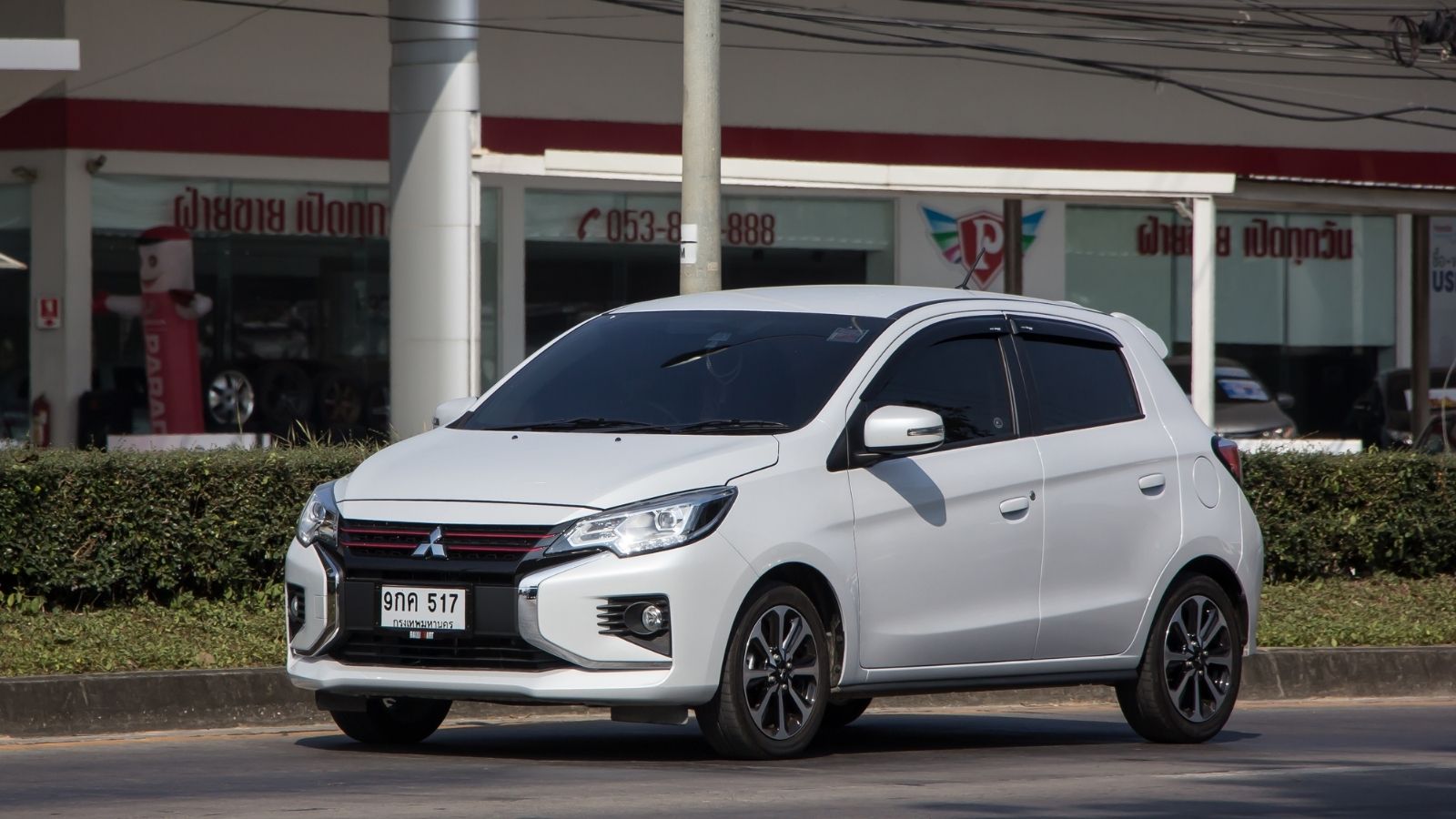
The Mirage is still available today, but it feels like a relic from the 1990s. It’s underpowered, noisy, cheaply made, and unpleasant to drive. While it’s inexpensive, Canadians expecting their small cars to be efficient, durable, and capable in winter quickly realized the Mirage wasn’t up to the job. It’s the definition of a car you settle for, not one you want.
Chrysler PT Cruiser Convertible
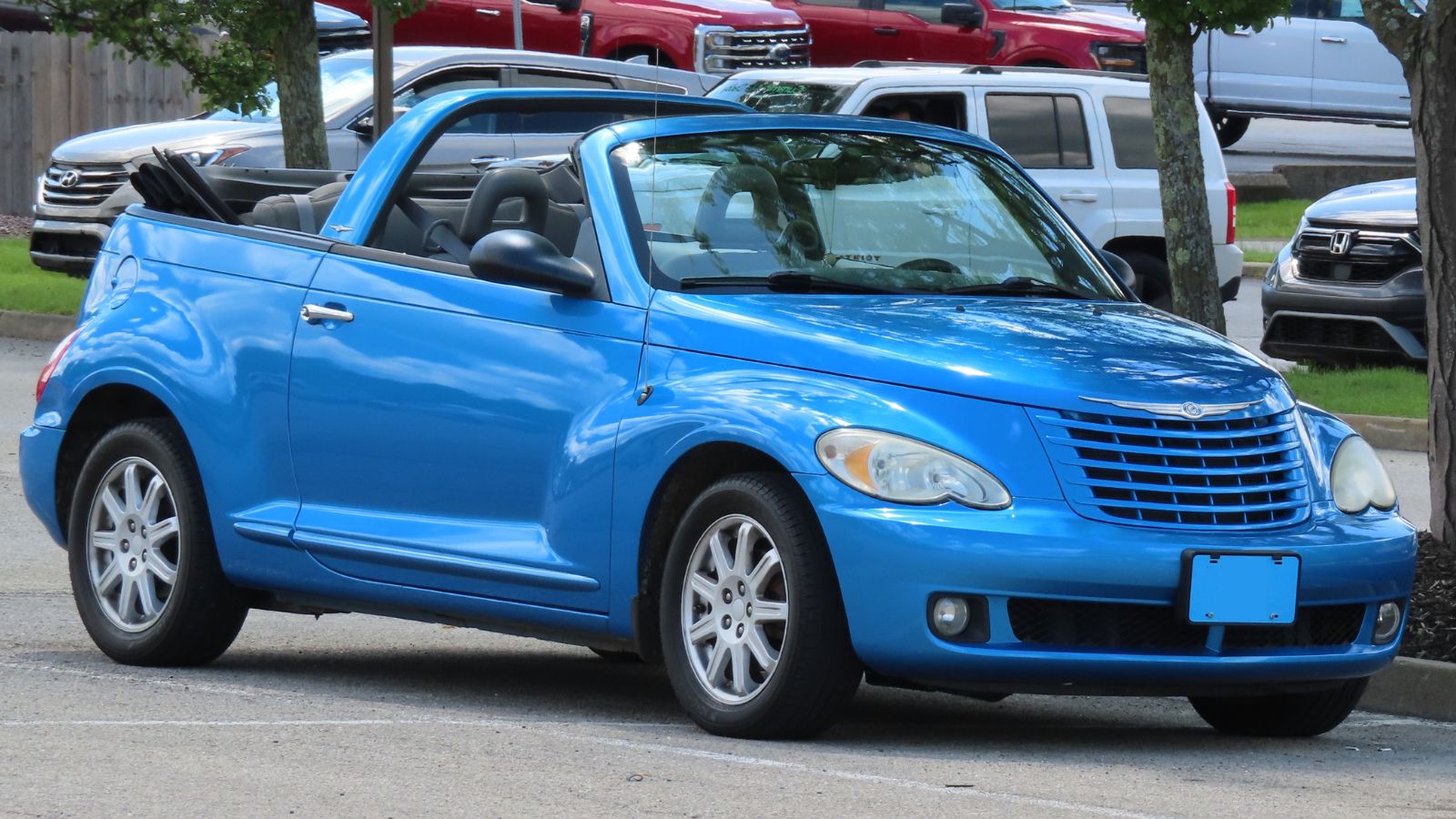
The PT Cruiser already divided opinions with its retro styling, but the convertible version took impracticality to another level. With poor rear visibility, awkward proportions, and a cramped cabin, it was far less usable than the regular PT Cruiser. In Canadian climates, where convertibles are seasonal toys, this one offered no charm and even less reason to exist.
Lada Samara
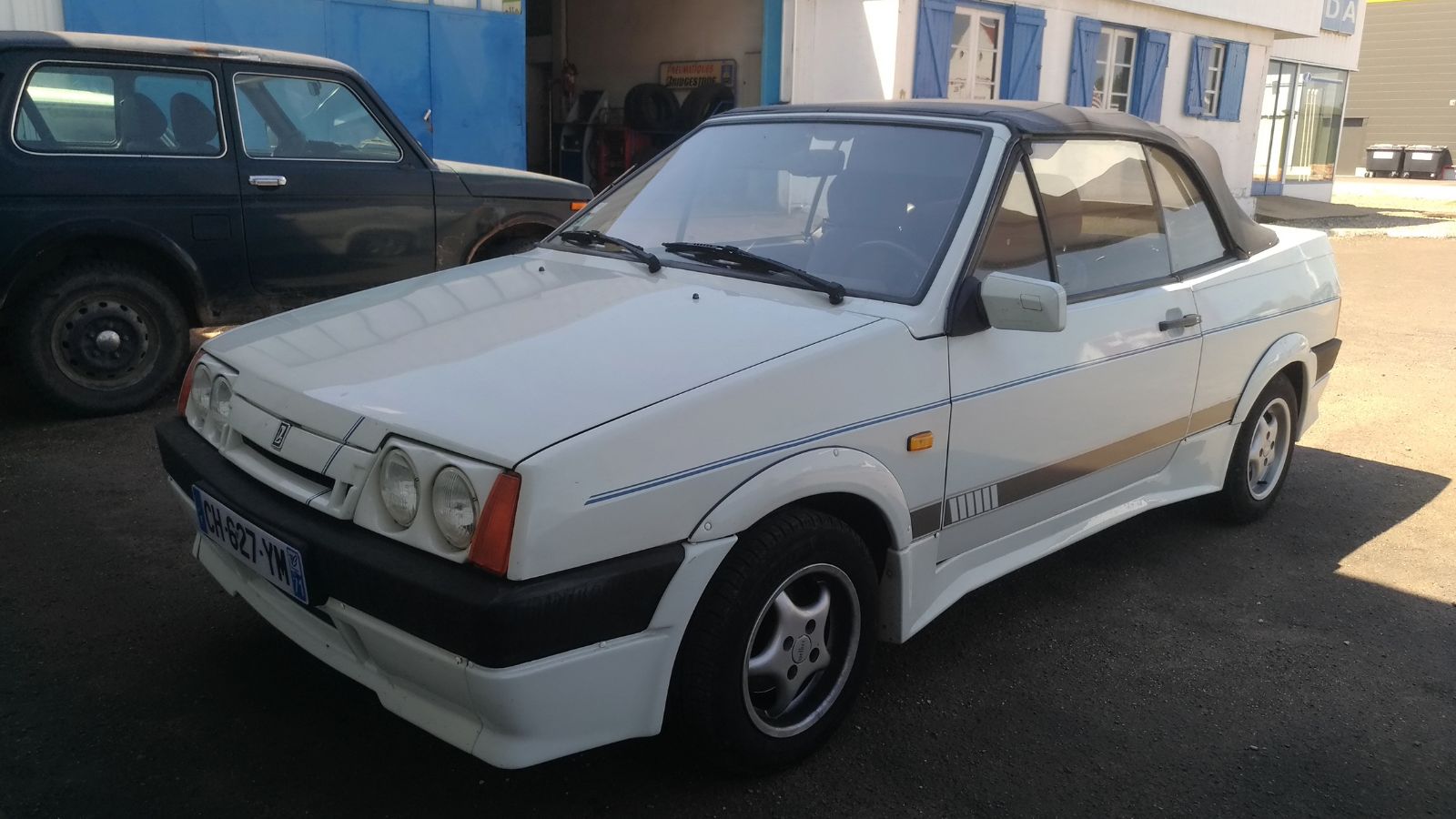
When the Lada Samara arrived in Canada in the late 1980s, it promised affordability. Instead, buyers got rust-prone bodies, weak engines, and unreliable parts supply. Canadian winters devoured them, and mechanics dreaded working on them. Within a few years, most had disappeared, scrapped or abandoned, leaving behind a reputation as one of the least durable cars to ever set wheels on Canadian soil.
Pontiac Montana SV6
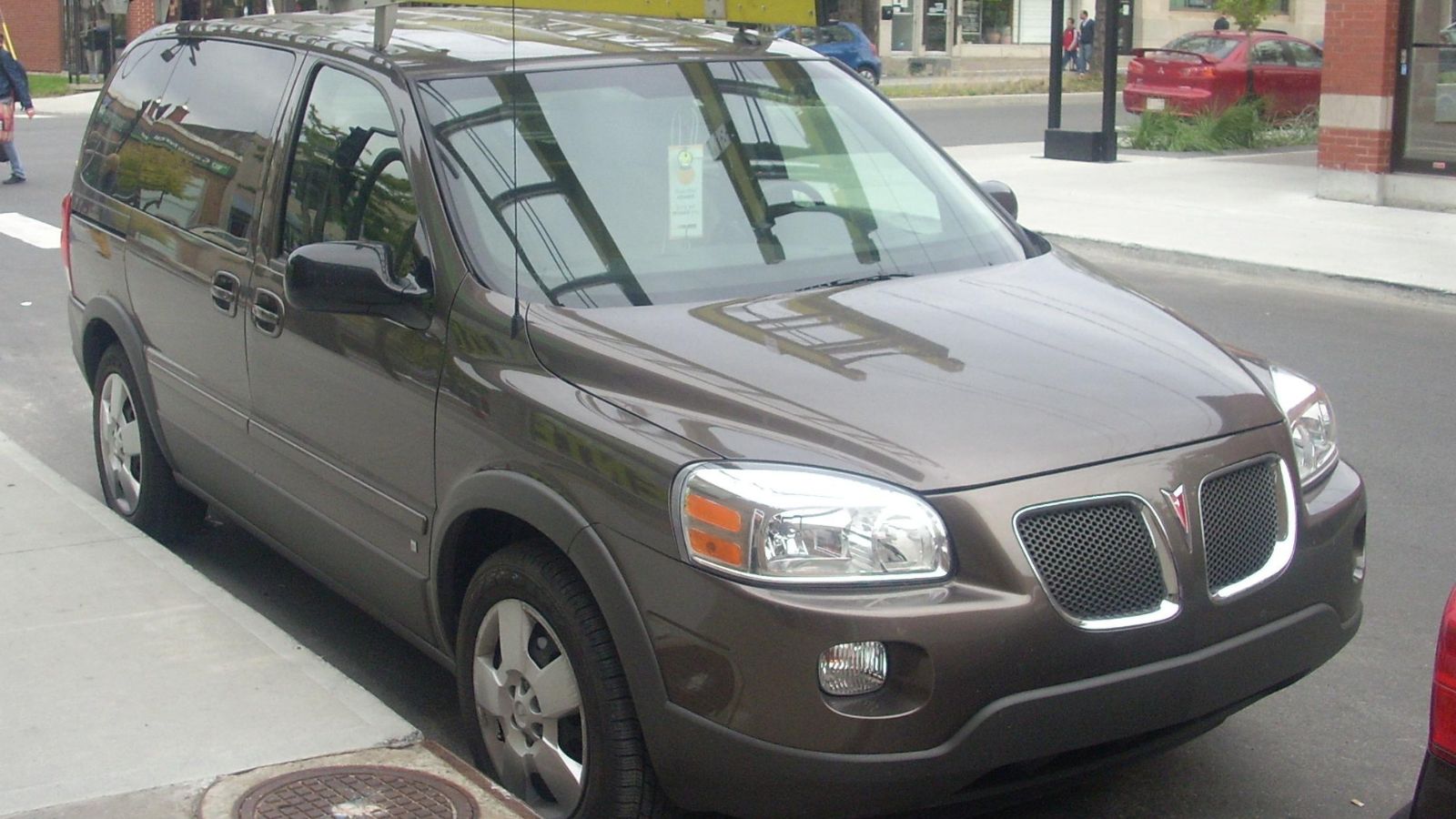
The Montana SV6 tried to straddle the line between SUV and minivan, but it failed on both counts. It wasn’t rugged enough to be a real SUV, nor practical enough to be a good van. With cheap materials, poor reliability, and awkward looks, it became a symbol of GM’s confused strategy in the mid-2000s.
Chevrolet Aveo
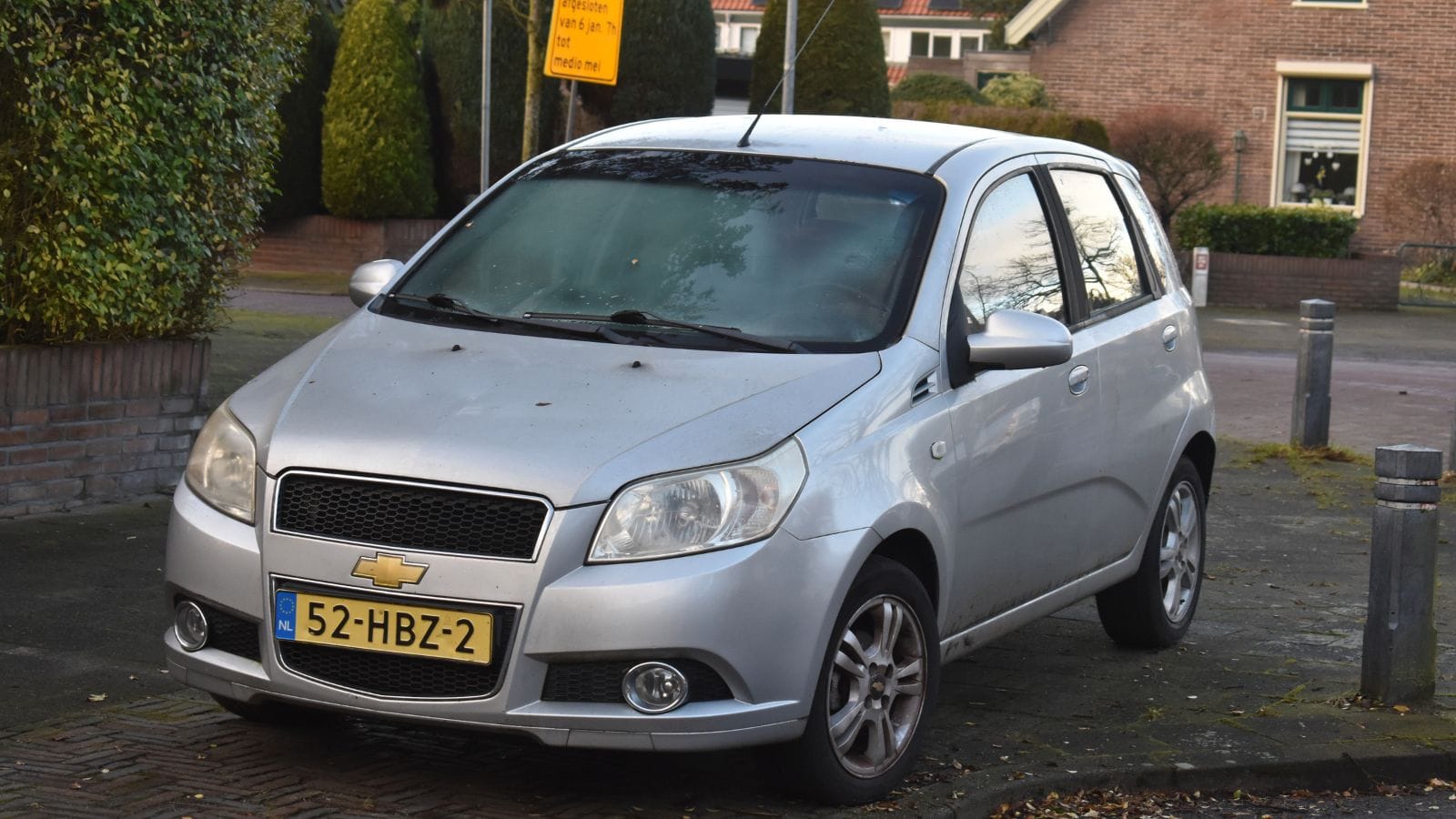
The Aveo was GM’s attempt at offering a budget subcompact, but it delivered almost nothing of value. With underpowered engines, noisy cabins, and poor long-term durability, it was outclassed by every rival from Japan and Korea. Canadians who bought them often found themselves facing repair bills that outweighed the car’s value.
Nissan Cube
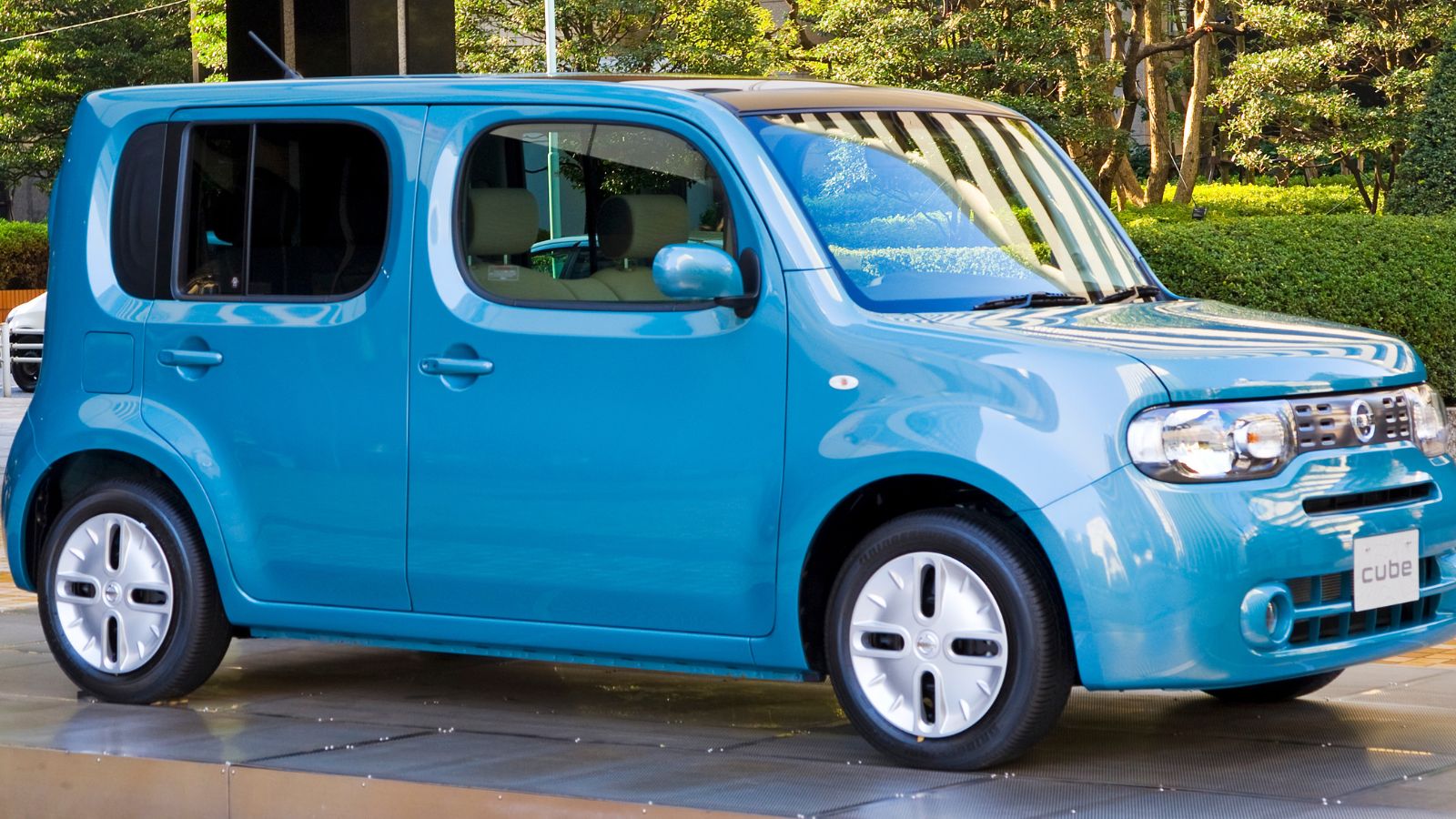
The Cube brought quirky Japanese design to Canada, but it didn’t connect with buyers. Its asymmetrical styling and funky interior were conversation starters, but its lack of refinement and awkward proportions made it unpleasant to live with. In a market where buyers want all-weather capability and practicality, the Cube was little more than an oddity.
Eagle Premier
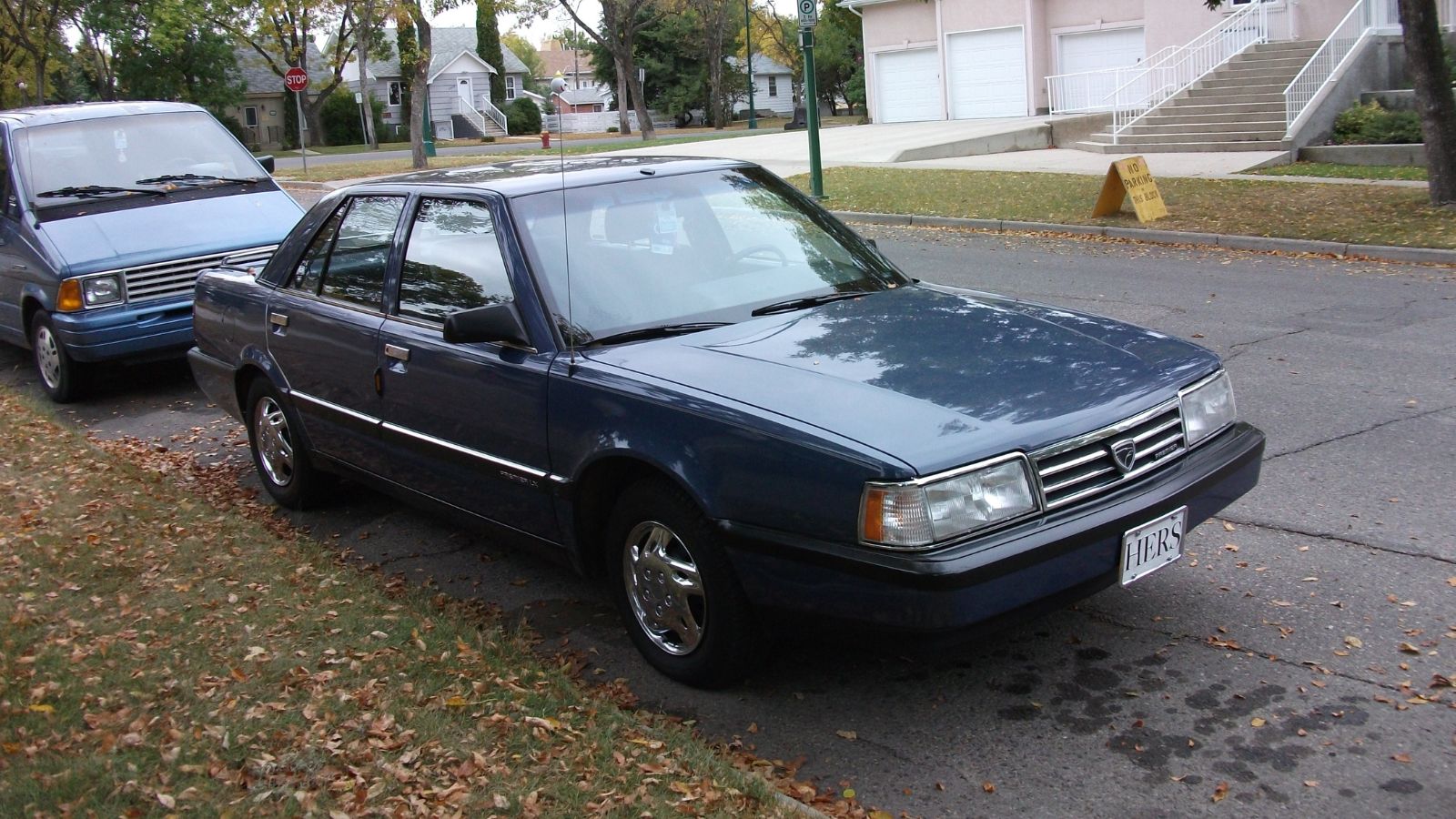
Inherited by Chrysler when it bought AMC, the Eagle Premier was a Renault-based sedan that never found its footing. It looked modern for its time but was plagued with electrical problems and low build quality. Few were sold, and those that were left owners frustrated and unimpressed.
Ford Festiva
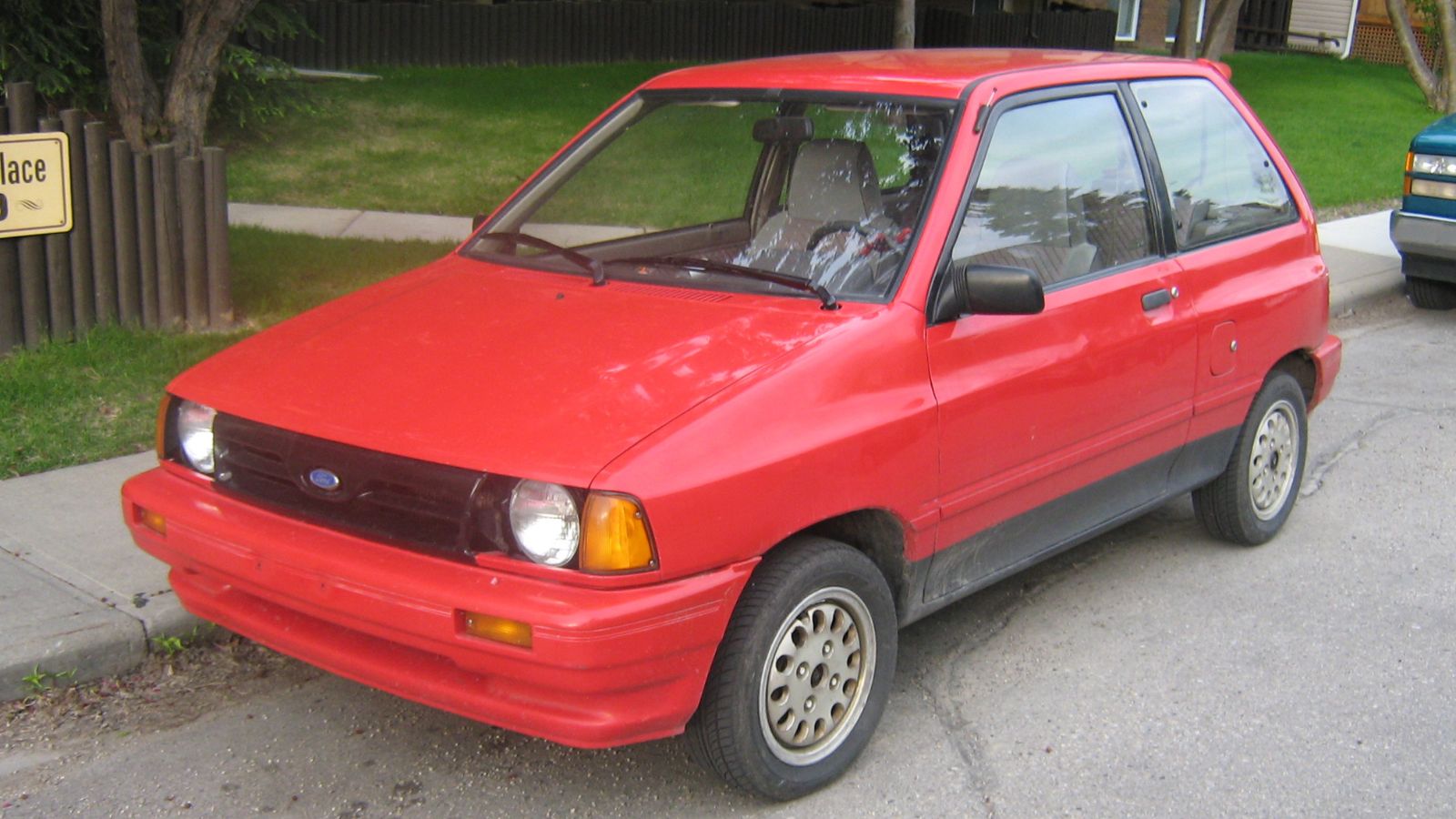
Like its successor, the Aspire, the Festiva was bare-bones motoring in the worst way. Tiny, unsafe, and underpowered, it was cheap but had no redeeming qualities. In Canadian winters, its light weight and poor heating systems made it downright miserable to drive. Many were simply run into the ground and scrapped.
Lincoln Blackwood
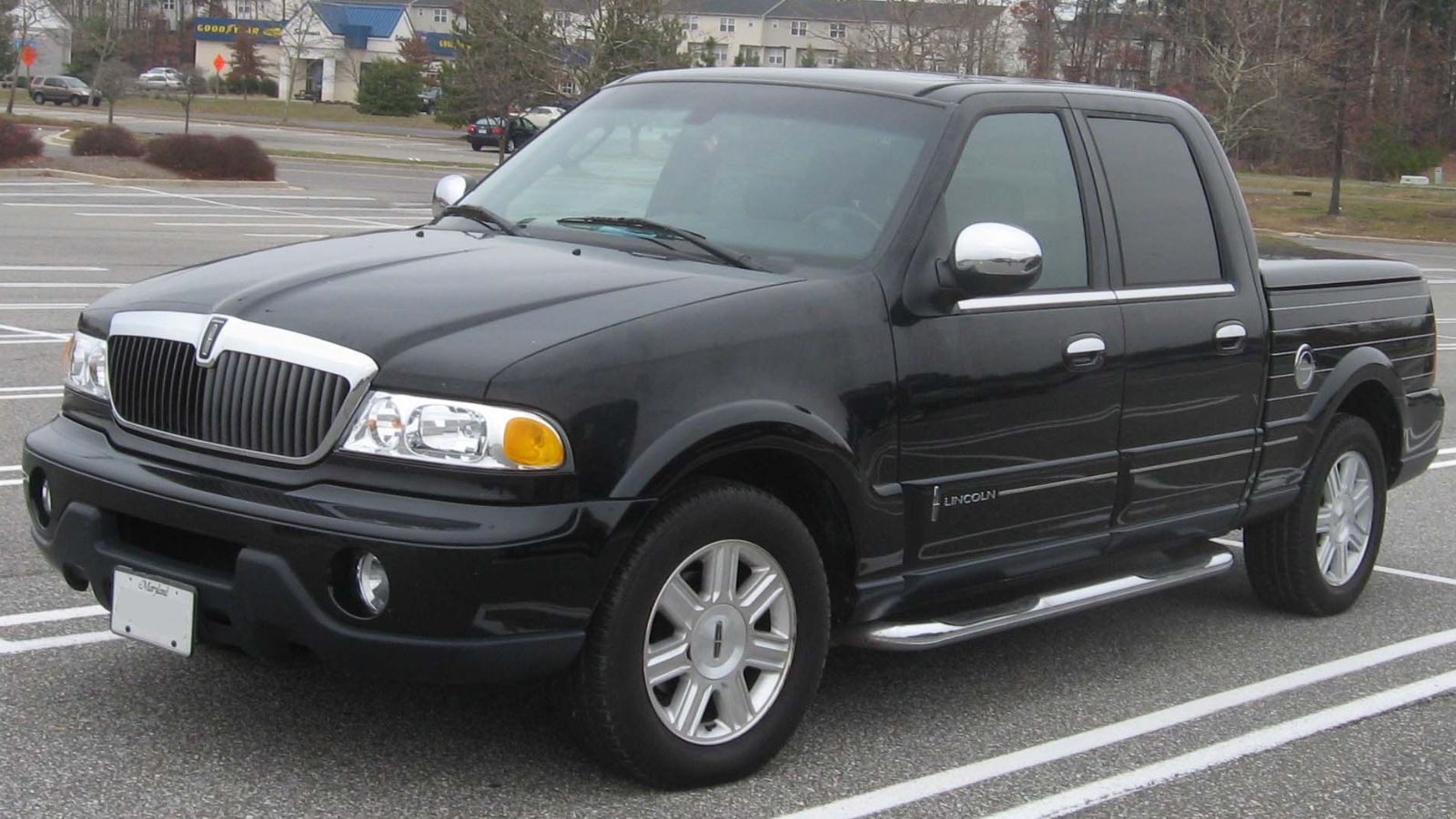
The Lincoln Blackwood might be the least useful truck ever sold in Canada. Its bed was lined with carpet and covered with a power tonneau, making it useless for hauling. Buyers couldn’t understand why they should pay luxury prices for a truck that couldn’t do truck things. It was a rare sight in Canada—and for good reason.
Saturn Ion
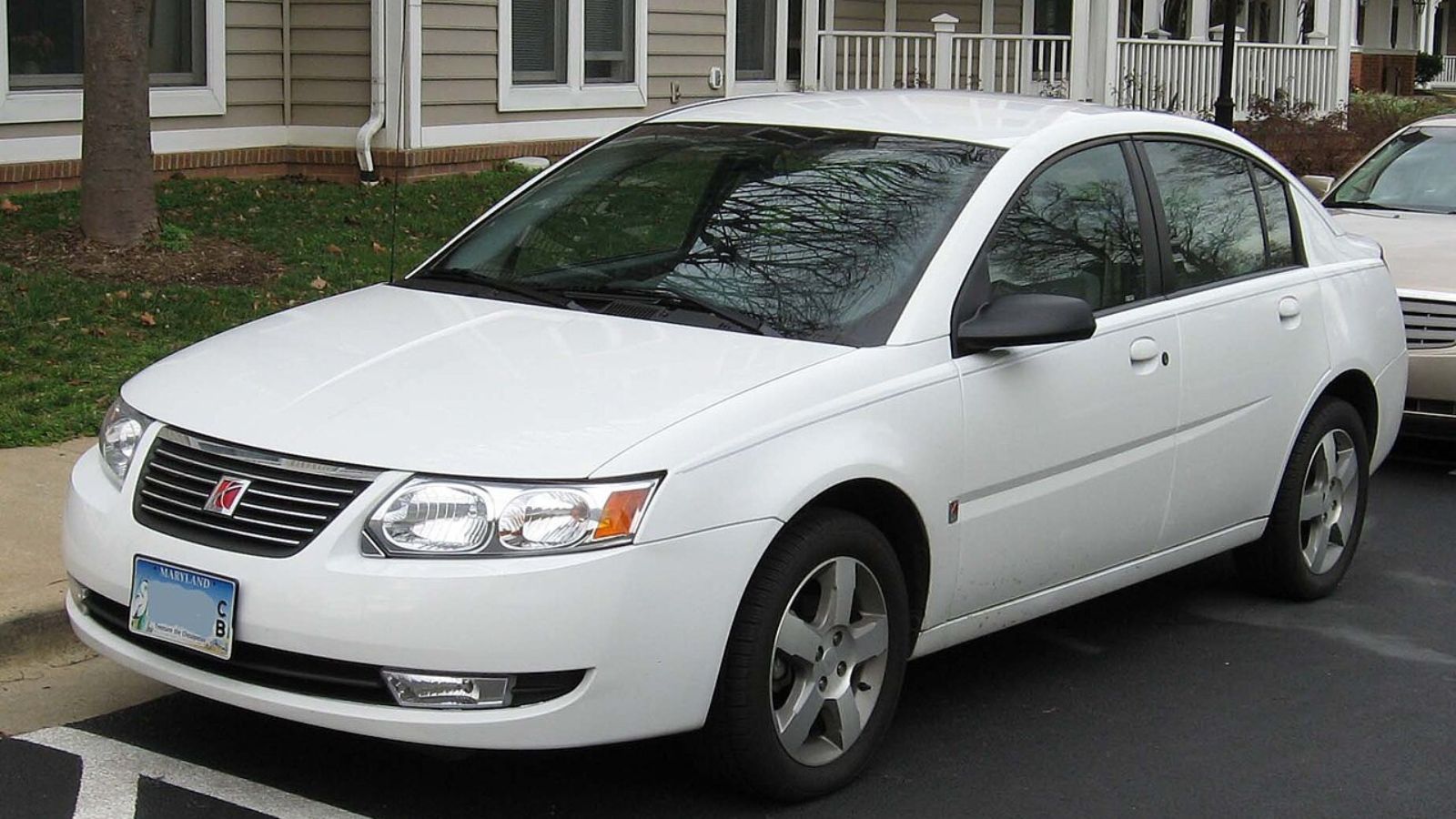
Saturn promised innovation, but the Ion was a step backward. Its center-mounted gauge cluster was confusing, the interior was cheap, and the engines lacked refinement. Reliability wasn’t great either, leaving owners with a car that wasn’t stylish, wasn’t fun, and wasn’t durable. It disappeared quickly, with few mourning its loss.
Daewoo Lanos
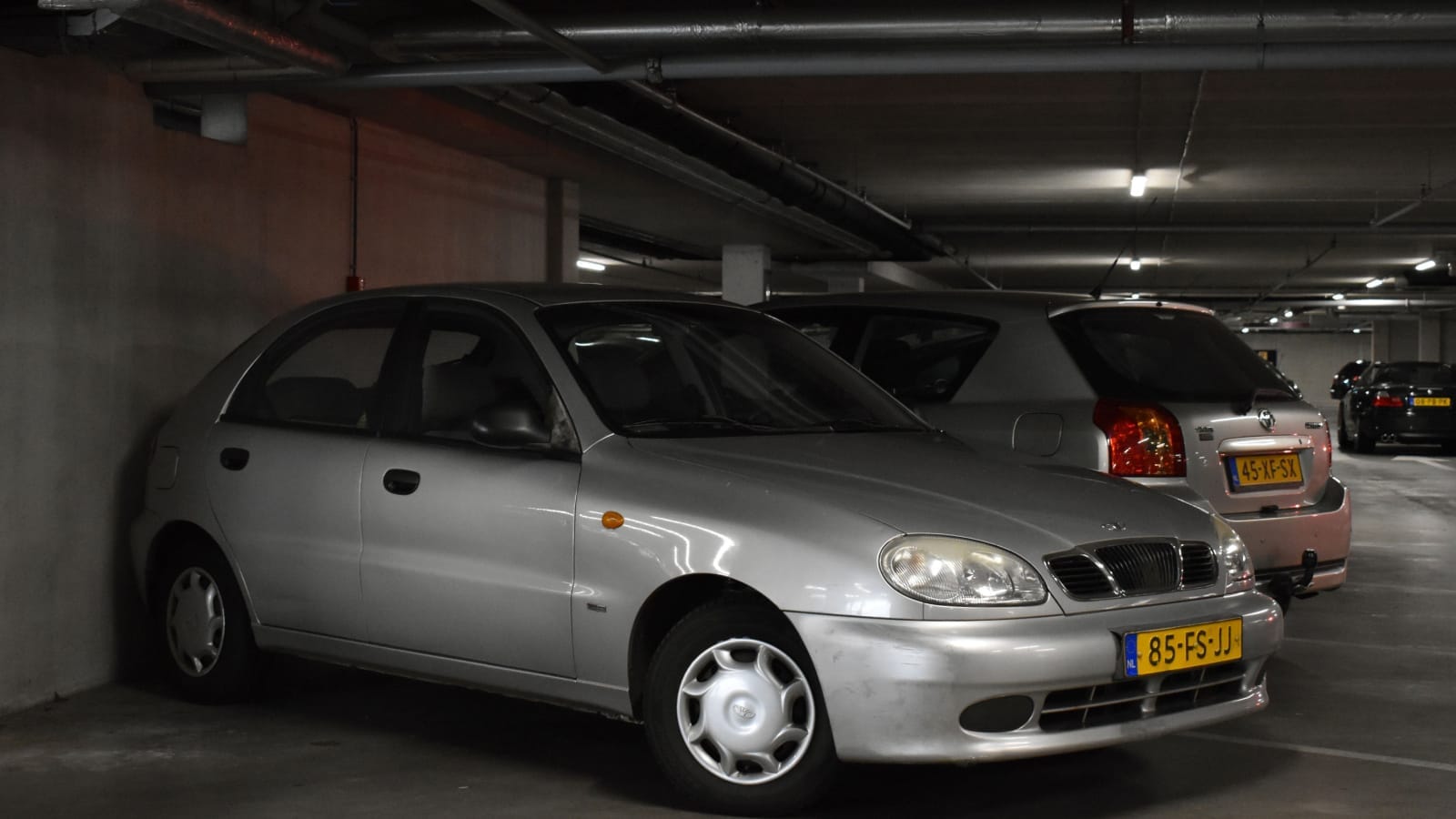
Daewoo’s brief stint in Canada gave us the Lanos, a subcompact that was outdated the day it arrived. With no real dealer network, poor build quality, and an uninspiring drive, it was doomed from the start. When Daewoo pulled out of the market, Lanos owners were left stranded with little support.
Fiat 500L
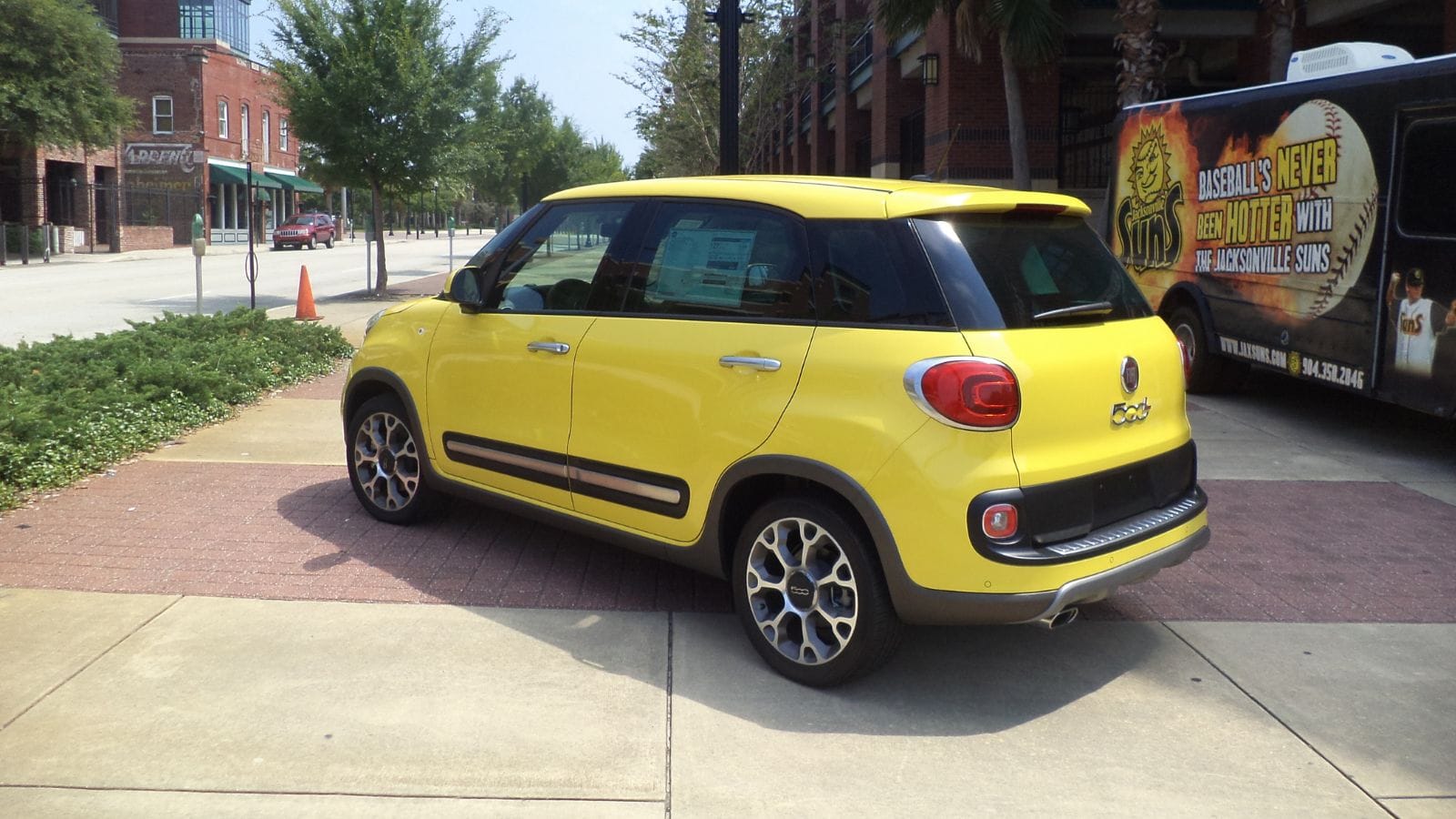
The Fiat 500 charmed some Canadians, but the 500L was a different story. Its ungainly design, lack of refinement, and poor reliability made it one of the least appealing family cars of the last decade. In Canada, where buyers demand durability and comfort, it was a complete misfire.
Pontiac Aztek (Yes, Again)
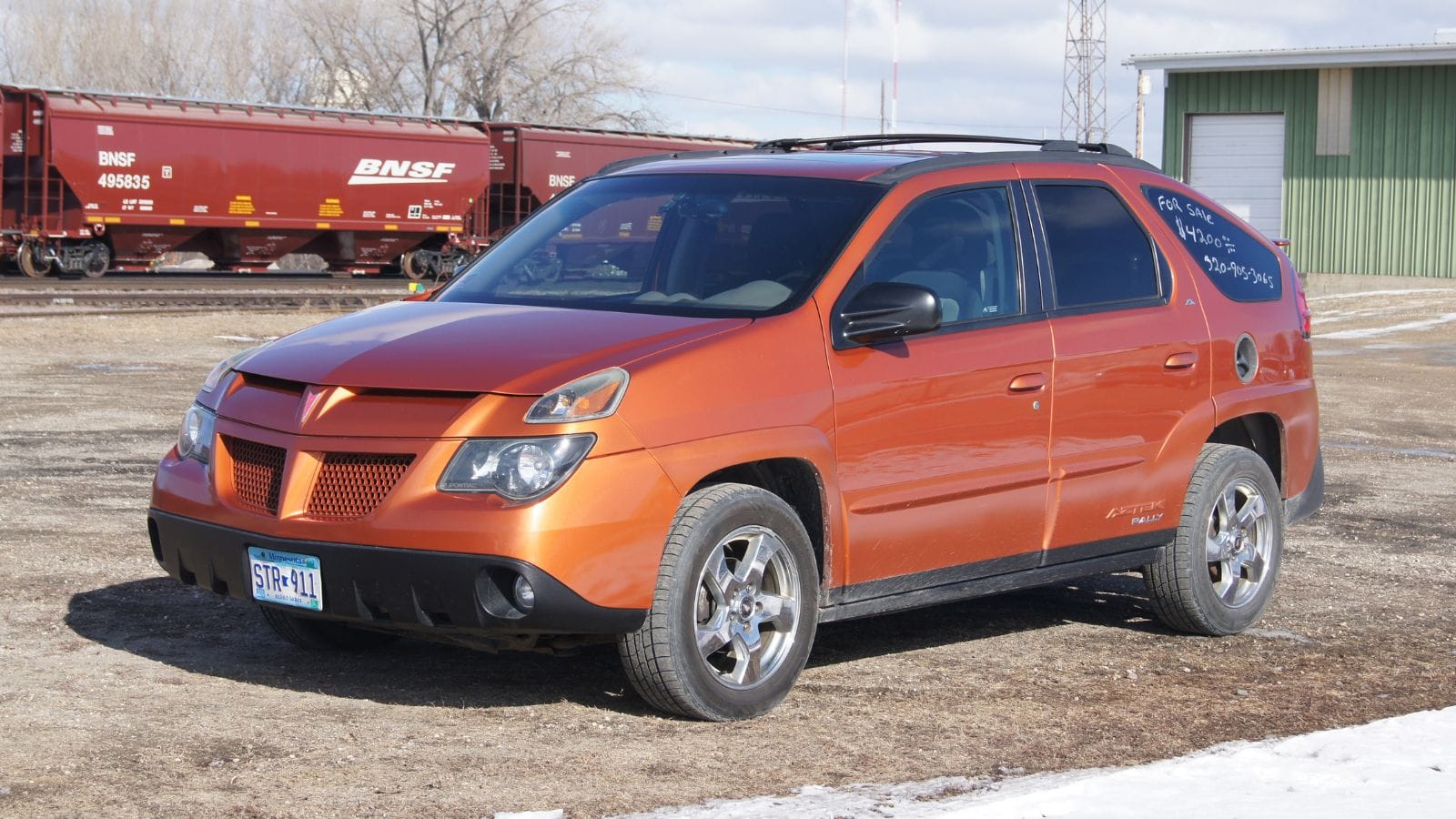
The Aztek deserves another mention because it remains the poster child for useless cars in Canada. Its quirky features couldn’t save it from terrible execution. From its awkward proportions to its disappointing performance, it remains a cautionary tale about how not to design and market a vehicle.
25 Facts About Car Loans That Most Drivers Don’t Realize

Car loans are one of the most common ways people fund car purchases. Like any other kind of loan, car loans can have certain features that can be regarded as an advantage or a disadvantage to the borrower. Understanding all essential facts about car loans and how they work to ensure that you get the best deal for your financial situation is essential. Here are 25 shocking facts about car loans that most drivers don’t realize:
25 Facts About Car Loans That Most Drivers Don’t Realize
